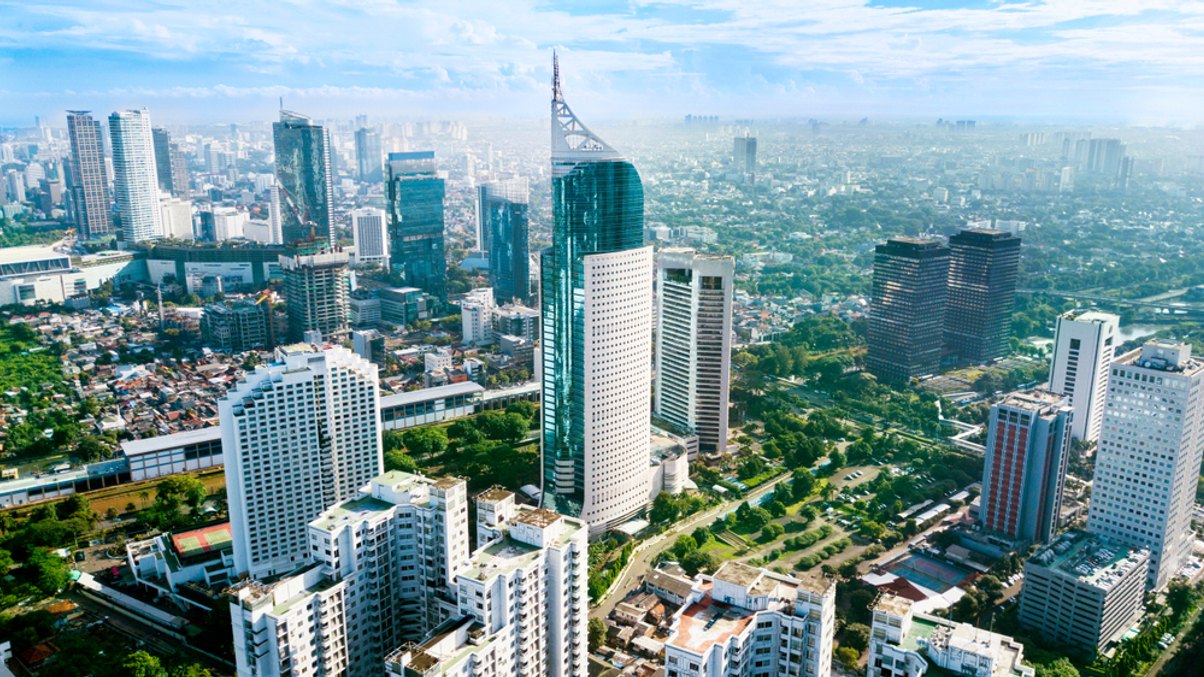Indonesia's SWF strengthens private debt funding
The Indonesia Investment Authority continues to push ahead with allocations to infrastructure projects while developing new strategic alliances with institutions across the region.

From an initial government-funded capital base of $5 billion in 2021, the Indonesia Investment Authority (INA) has since grown to $9 billion of AUM and has deployed $3 billion of it. Several new allocations and joint venture projects are expected to be rolled out in the coming months by the sovereign fund, concentrated on INA’s four key sectors: infrastructure and logistics, digital infrastructure, healthcare, and green energy.
Sign in to read on!
Registered users get 2 free articles in 30 days.
Subscribers have full unlimited access to AsianInvestor
Not signed up? New users get 2 free articles per month, plus a 7-day unlimited free trial.
¬ Haymarket Media Limited. All rights reserved.


